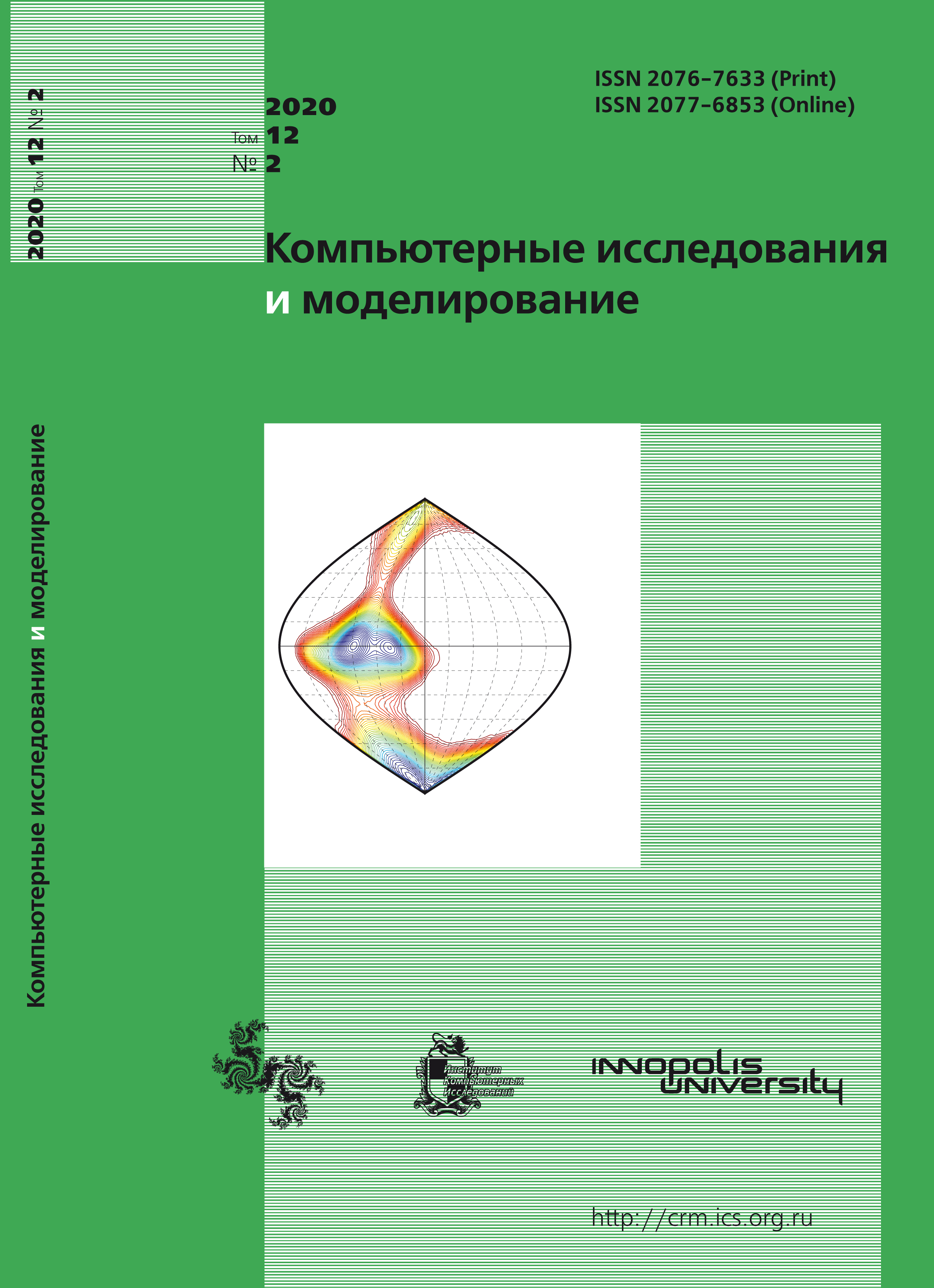All issues
- 2025 Vol. 17
- 2024 Vol. 16
- 2023 Vol. 15
- 2022 Vol. 14
- 2021 Vol. 13
- 2020 Vol. 12
- 2019 Vol. 11
- 2018 Vol. 10
- 2017 Vol. 9
- 2016 Vol. 8
- 2015 Vol. 7
- 2014 Vol. 6
- 2013 Vol. 5
- 2012 Vol. 4
- 2011 Vol. 3
- 2010 Vol. 2
- 2009 Vol. 1
Exploration of 2-neuron memory units in spiking neural networks
 pdf (7865K)
pdf (7865K)
Working memory mechanisms in spiking neural networks consisting of leaky integrate-and-fire neurons with adaptive threshold and synaptic plasticity are studied in this work. Moderate size networks including thousands of neurons were explored. Working memory is a network ability to keep in its state the information about recent stimuli presented to the network such that this information is sufficient to determine which stimulus has been presented. In this study, network state is defined as the current characteristics of network activity only — without internal state of its neurons. In order to discover the neuronal structures serving as a possible substrate of the memory mechanism, optimization of the network parameters and structure using genetic algorithm was carried out. Two kinds of neuronal structures with the desired properties were found. These are neuron pairs mutually connected by strong synaptic links and long tree-like neuronal ensembles. It was shown that only the neuron pairs are suitable for efficient and reliable implementation of working memory. Properties of such memory units and structures formed by them are explored in the present study. It is shown that characteristics of the studied two-neuron memory units can be set easily by the respective choice of the parameters of its neurons and synaptic connections. Besides that, this work demonstrates that ensembles of these structures can provide the network with capability of unsupervised learning to recognize patterns in the input signal.
Copyright © 2020 Kiselev M.V.
Indexed in Scopus
Full-text version of the journal is also available on the web site of the scientific electronic library eLIBRARY.RU
The journal is included in the Russian Science Citation Index
The journal is included in the RSCI
International Interdisciplinary Conference "Mathematics. Computing. Education"






